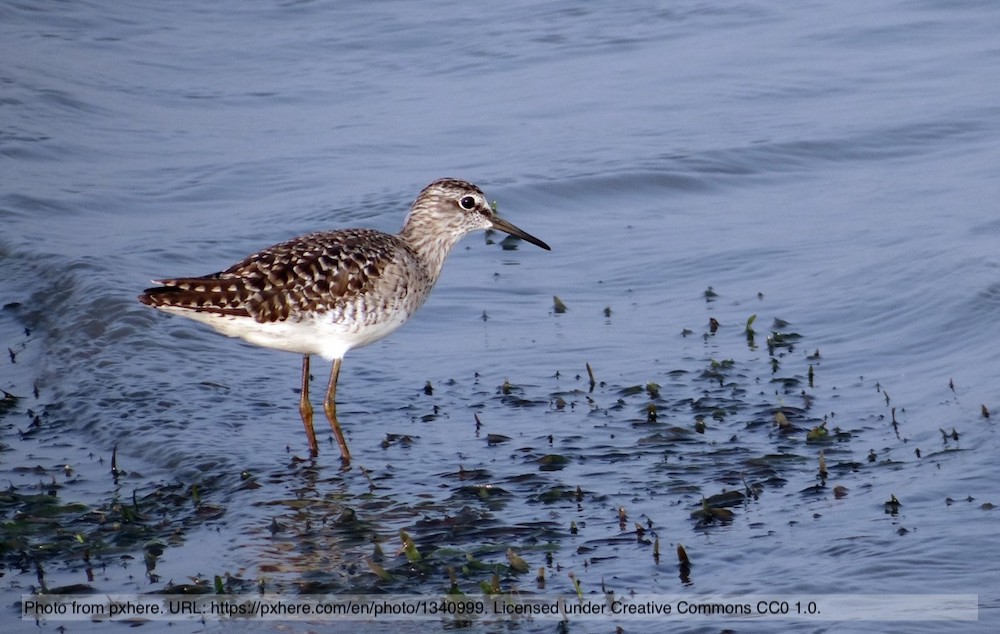Strong decrease of waders Charadrii in central southern Sweden during the last 50 years
DOI:
https://doi.org/10.34080/os.v28.19530Abstract
The number of territories of waders were counted in an area of 460 km2 around 56°37'N; 14°20'E. The most important breeding sites for waders were closely monitored in several years, 1969–1981 and again 2015–2018. Most species declined strongly, with the exception of Charadrius dubius which colonized exploited peat bogs without vegetation and open man-made gravel surfaces. Some mires were drained in the first study period, which can explain up to 20% of recorded population declines of some species (Pluvialis apricaria, Numenius arquata, Tringa glareola). Other likely causes are earlier hay harvest and with different methods. Abandonment of cattle grazing of pastures on many small farms also occurred between the study periods. Several wader species forage on wet pastures. Predation on small young of waders may have increased. The crane Grus grus has increased dramatically in the study area and small young of waders most likely is part of the food of cranes. Changes at foraging sites during migration and in winter may be contributing causes of wader declines as well as climate change.
Downloads

Downloads
Published
How to Cite
Issue
Section
License
The copyright of each contribution belongs to the author(s), but all contributions are published under a Creative Commons license, so that anyone is free to share and reuse the contribution as long as the copyright holder is attributed.







